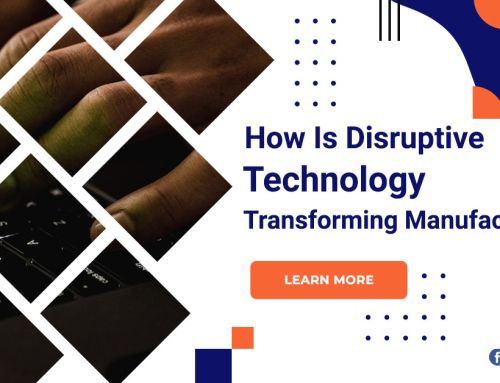How To Improve UX Using Micro-Interactions?
Micro-interactions play a big role in our digital lives, even if we don’t always notice them. From the moment your phone’s alarm wakes you up in the morning, to like your friends’ Facebook posts, to being notified of new emails and Instagram messages, micro-interactions happen throughout the day. When we design and make new things, do we consciously look for opportunities to surprise and delight our users. There are places in most designs where a little animation and feedback will greatly improve the user experience.
UX using micro-interactions
What is micro-interaction?
Micro-interactions are the small moments when the user and the design interact. When a design is well designed, micro-interactions improve the user experience of the design.
Why micro-interactions such an important part of digital product design?
Sometimes when creating a product, we forget what our main goal is: to change human behavior. Before you protest, hear me out. We design digital products for people to use, often more than once. To find opportunities for micro-interactions and addictive experiences in our designs, we should focus on the details of our products.
Facebook like button
Facebook’s Like button is perhaps the most famous micro-interaction in the world. It’s a simple button that allows users to show their agreement or disagreement with a post with a single click. This micro-interaction is so successful because it is simple and easy to use. When someone likes your post, it makes you feel good, and when you see someone like someone else’s post, it makes you feel good.
Add to cart button on amazon
This micro-interaction is so successful because it is simple and easy to use. It needs no explanation and is an instant delight. Seeing an item added to your cart makes you feel good and adding an item to someone else’s cart makes you feel good.
Conclusion
Micro-interactions may be very brief moments, yet their impact on the user experience is undeniable. One good animation or sound design can engage users while a bad design can turn them off. In addition, these small cases also have marketing value.







